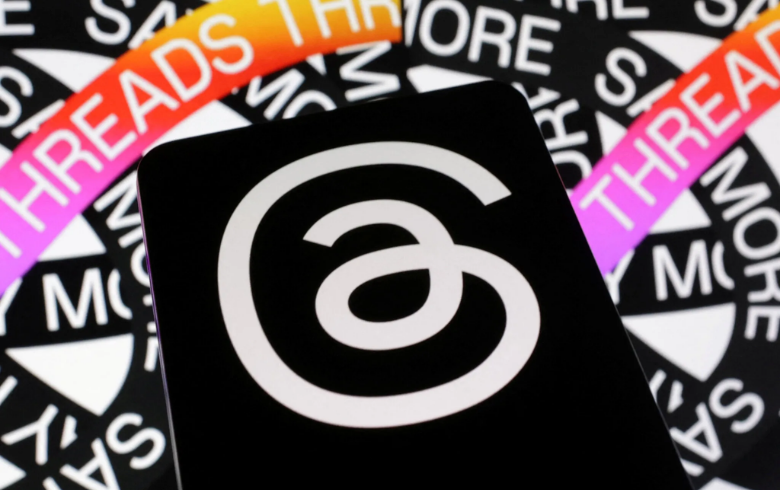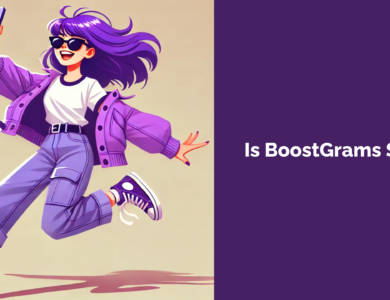Are People Still Using Threads

When Meta launched Threads in July 2023, it felt like a new era of social media had begun. The app was clean, fast, and exciting. Within just a few days, millions of users had joined, eager to find a calmer, more positive space after the chaos of Twitter’s transformation into X. But now, more than two years later, many people are wondering: Are people still using Threads?
In this post, we’ll take an honest look at where Threads stands today, who’s still using it, and what the future might hold for Meta’s conversational platform.
Contents
The Explosive Start of Threads
Threads made an unforgettable debut. It reached over 100 million sign-ups in less than a week, breaking records and sparking endless headlines. The timing couldn’t have been better. Twitter was undergoing major changes, users were frustrated, and Threads seemed like the perfect alternative.
People loved how easy it was to join, especially since anyone with an Instagram account could sign up instantly. The interface was minimal and pleasant, with a focus on conversation over chaos. For a short while, Threads felt like the future.
But as quickly as the app grew, it also lost momentum.
Why Engagement Dropped So Fast
Within just a few weeks, the number of active daily users on Threads started to decline. The question “Are people still using Threads?” began to pop up everywhere.
Many early adopters realized the app didn’t have the same energy as Twitter. There were no trending topics, no hashtags, and fewer ways to discover new voices. People missed the immediacy of Twitter’s real-time conversations. Threads felt more like a quiet chatroom than a bustling digital town square.
Here’s how users described the difference:
| Expectation | Threads Reality |
|---|---|
| Real-time news and updates | Slower, curated content |
| Hashtags and discoverability | Limited search options |
| Viral moments | Focus on conversations |
| Web accessibility | Initially mobile-only |
| Diverse user base | Mostly Instagram crossover users |
Although Meta has worked on many of these shortcomings, the early drop-off in engagement left a lasting impression.
The Community That Stayed
Despite the decline in numbers, Threads didn’t disappear. It settled into a quieter, steadier rhythm. Those who stayed appreciate the calmer atmosphere and the lack of negativity. Many creators, professionals, and niche communities now use Threads as a space for thoughtful discussion rather than performative posting.
Today, you can still find active conversations on topics like design, tech, wellness, and culture. It’s not the loud, trend-driven platform that Twitter once was, but that’s exactly why some people prefer it.
The Power and Problem of Instagram Integration
Threads owes much of its user base to Instagram. The integration makes it incredibly easy to join, share posts, and build an audience. That convenience is one of the app’s biggest strengths.
However, this connection also limits Threads’ independence. Because the two platforms are so closely linked, Threads often feels like an extension of Instagram rather than a standalone product. Many users only check Threads occasionally, in between scrolling through Instagram Stories or Reels.
Still, this link gives Threads a steady influx of potential users, and Meta can leverage Instagram’s massive reach to drive long-term growth.
Why Some People Still Use Threads
If you talk to active users, a few consistent reasons come up for why they’re still posting on Threads:
It’s calmer – The community is friendlier and less argumentative.
No pressure to go viral – Engagement feels natural, not forced by algorithms.
Easier connections – Posts often lead to real conversations rather than heated debates.
Integration with Instagram – It’s simple to share content across both apps.
In other words, while Threads might not have the fast-paced energy of Twitter, it offers something that many people crave in 2025: a slower, more meaningful social experience.
How Meta is Reviving Interest
Meta hasn’t given up on Threads. In fact, the company continues to roll out updates to improve discovery, introduce trending topics, and expand access through web and desktop versions.
One of the biggest moves is Threads’ integration with the fediverse—a decentralized social network that includes platforms like Mastodon. This allows users to interact across different platforms while maintaining control of their data. It’s a bold step that could redefine how Threads fits into the larger social media ecosystem.
The Current State of Threads
So, are people still using Threads? Yes, but differently. The massive viral rush is gone, replaced by a smaller yet loyal user base. For these users, Threads has become a space for casual thought-sharing, microblogging, and community engagement.
It’s not trying to be the next Twitter anymore—it’s carving out its own identity. Think of Threads as a digital café rather than a crowded stadium. You stop by, share something, read what others are saying, and move on without pressure or noise.
The Future of Threads
Threads’ future depends on how well Meta balances simplicity with innovation. If it continues to listen to its users and introduces features that enhance connection without compromising the platform’s relaxed vibe, Threads could quietly become one of the most sustainable social apps around.
While it may never recapture its launch-day frenzy, Threads doesn’t need to. It’s evolving into something steadier: a place for genuine conversations in a digital world that often feels too loud.
Final Thoughts
Threads started as a viral sensation and has now matured into a smaller but stable community. People are still using it—not because it’s the hottest new thing, but because it offers a refreshing break from algorithm-driven noise.
Meta seems committed to developing Threads at its own pace. And in a world that moves too fast, that might be exactly what keeps it alive.



